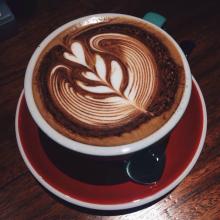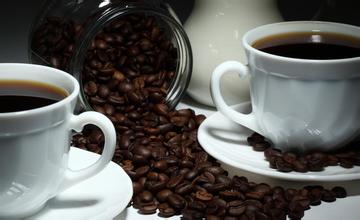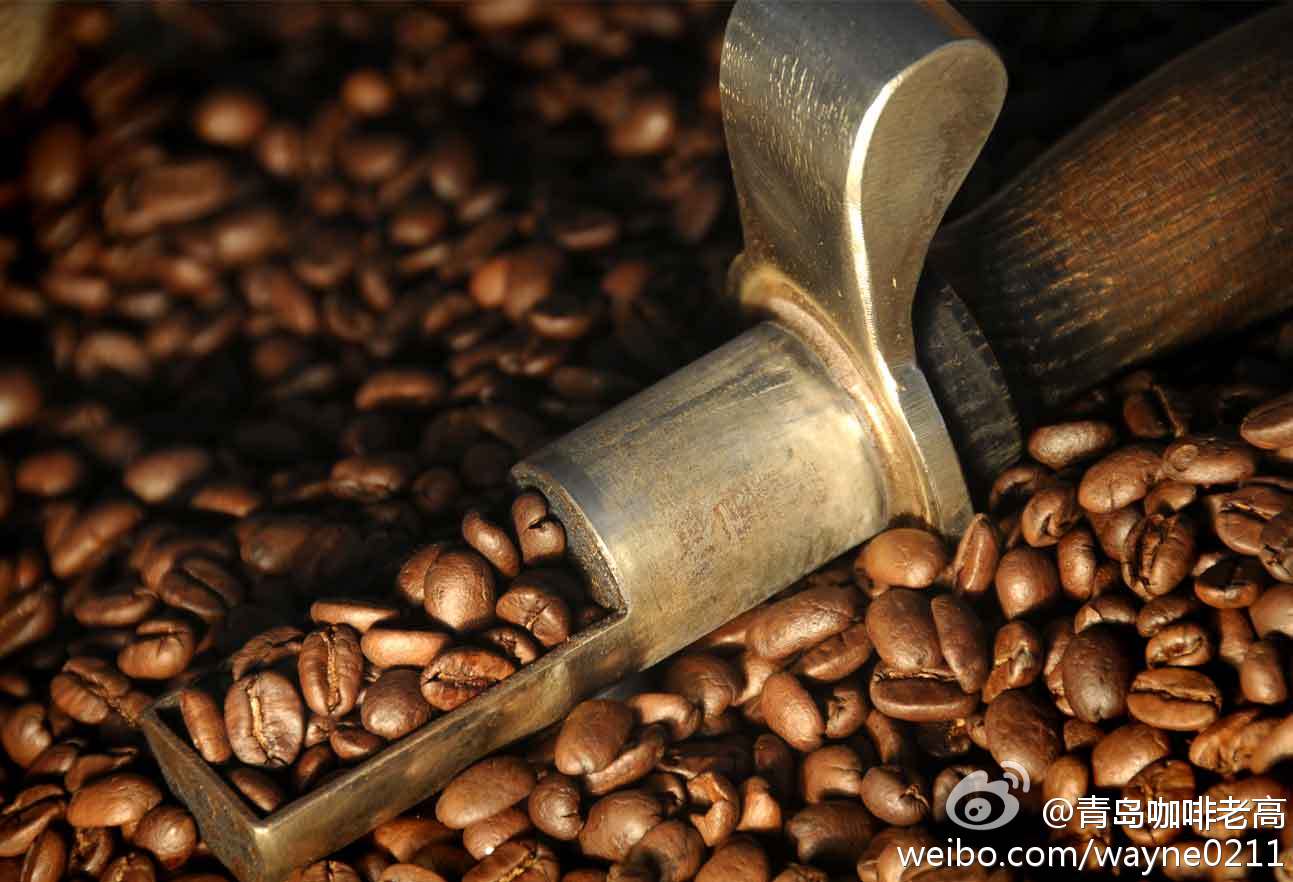The taste of Ecuadorian coffee is very balanced and refreshing. Introduction to the manor area.
The port of Guayaquil is Ecuador's largest seaport. It faces the Pacific Ocean and backs to Mount Santa Ana. The nearby island of Pune serves as a natural barrier to protect the harbour from storms. There is a dock to the south, more than 900 meters long. In the harbor, ships from different parts of the world are moored, flying various flags. The port railway leads to Quito, the capital, and a series of highways connect Quito with other cities in the country. Bananas, cocoa, coffee, cotton and other products from all over the country are collected and distributed here. Guayaquil also played an important role in the history of friendly exchanges between the peoples of China and Ecuador. As early as the 18th century, Chinese clothing, textiles and other goods were transported to Ecuadorian cities through Guayaquil. In August 1978, the Chinese freighter Jialing River arrived here for the first time. The import and export goods of the two countries are also mostly transshipped through Guayaquil. Ecuador implements the presidential system. On 26 November 2006, Correa, candidate of the Movement for a Sovereign Fatherland, was elected President in the second round of the presidential election and took office on 15 January 2007. After taking office, he pushed for the convening of a constituent assembly. On April 15, 2007, Ecuador decided to convene a constituent assembly with 81.72% support. In September, Ecuador held elections for delegates to the Constituent Assembly, and the ruling party, the Sovereign Fatherland Alliance, won 61% of the seats. In July 2008, the Constituent Assembly adopted the draft of a new constitution. In September, the new constitution was approved in a referendum with 63.94 per cent support. In October, the new Constitution was officially promulgated. In April 2009, Ecuador re-held presidential, parliamentary and local government elections under the new constitution, and Correa was re-elected president. On September 30, 2010, large-scale police protests broke out in Quito, Ecuador's capital, and other major cities in protest against the National Assembly's adoption of the Public Service Law, which contained provisions that cut benefits for police and military personnel. On May 7, 2011, Eritrea held a referendum on ten political and social issues, including judicial reform and media control, and all relevant issues were passed. Since 2012, Ecuador's political situation has remained stable
The best Ecuadorian coffee is grown on San Cristobal Island in the Galapagos Islands, where natural conditions are unique to the best coffee houses in the world. A cup of Galapagos coffee, like the beautiful scenery of the Galapagos Islands, is sure to impress you.
In the mid-15th century, among fishermen fishing in the Pacific Ocean off western South America, there were legends of magical islands. It is said that the islands can sometimes be clearly seen from a distance, but disappear as the ship approaches; sometimes they look like a galleon, sometimes they take on the shape of a witch. Fishermen called the islands "the enchanted islands," thinking they might be ruled by demons like the banshees of the sea in the Odyssey. San Cristobal is one of the larger islands in the Galapagos Archipelago. At an altitude of 410 meters, there is a small lake called El Junco. The lake forms several streams flowing along the rocks and volcanic rocks on the southern slope of the island. Fresh water rich in minerals moistens the land of San Cristobal, making the soil here moist and fertile forever. It provides the most rare conditions for the growth of coffee here.
In 1875, 340 years after Frey Thomas de Berlanga discovered the island, an indigenous man named Cobos arrived on San Cristobal, where he established the Hassenda coffee plantation and planted about 100 hectares of arabic bourbon trees. Because the plantation is located between 140 meters and 275 meters above sea level, the climate is equivalent to the inland climate between 915 meters and 1830 meters, and the unique geographical conditions are suitable for the growth of super hard coffee beans (SHB) with high acidity, so this high quality coffee is settled here.

Important Notice :
前街咖啡 FrontStreet Coffee has moved to new addredd:
FrontStreet Coffee Address: 315,Donghua East Road,GuangZhou
Tel:020 38364473
- Prev

Rich floral aroma of Panamanian Cupid coffee flavor taste manor boutique coffee introduction
Panama is located in the isthmus of Panama in Central America, bordered by Colombia to the east, the Pacific Ocean to the south, the map of Panama to Costa Rica to the west and the Caribbean Sea to the north. The territory is S-shaped to connect North and South America, and the Panama Canal connects the Atlantic and Pacific oceans from north to south. It is known as the bridge of the world. [5] Panama has a land area of 75517 square kilometers.
- Next

The aroma and finish are very long-lasting, with Cupid coffee flavor, characteristics, taste and manor introduction.
This coffee, composed of Rosa, Kaddura and Kaduai, grows in the volcanic area at an altitude of 1600 meters. The treatment plant uses fine honey treatment and traditional washing. The special local microclimate of Panama leads to abundant rainfall in this area and a large temperature difference between day and night. Coupled with the unique volcanic rock soil in the volcanic area, as well as meticulous harvesting and fine treatment, this coffee no matter
Related
- Detailed explanation of Jadeite planting Land in Panamanian Jadeite Manor introduction to the grading system of Jadeite competitive bidding, Red bid, Green bid and Rose Summer
- Story of Coffee planting in Brenka region of Costa Rica Stonehenge Manor anaerobic heavy honey treatment of flavor mouth
- What's on the barrel of Blue Mountain Coffee beans?
- Can American coffee also pull flowers? How to use hot American style to pull out a good-looking pattern?
- Can you make a cold extract with coffee beans? What is the right proportion for cold-extracted coffee formula?
- Indonesian PWN Gold Mandrine Coffee Origin Features Flavor How to Chong? Mandolin coffee is American.
- A brief introduction to the flavor characteristics of Brazilian yellow bourbon coffee beans
- What is the effect of different water quality on the flavor of cold-extracted coffee? What kind of water is best for brewing coffee?
- Why do you think of Rose Summer whenever you mention Panamanian coffee?
- Introduction to the characteristics of authentic blue mountain coffee bean producing areas? What is the CIB Coffee Authority in Jamaica?

